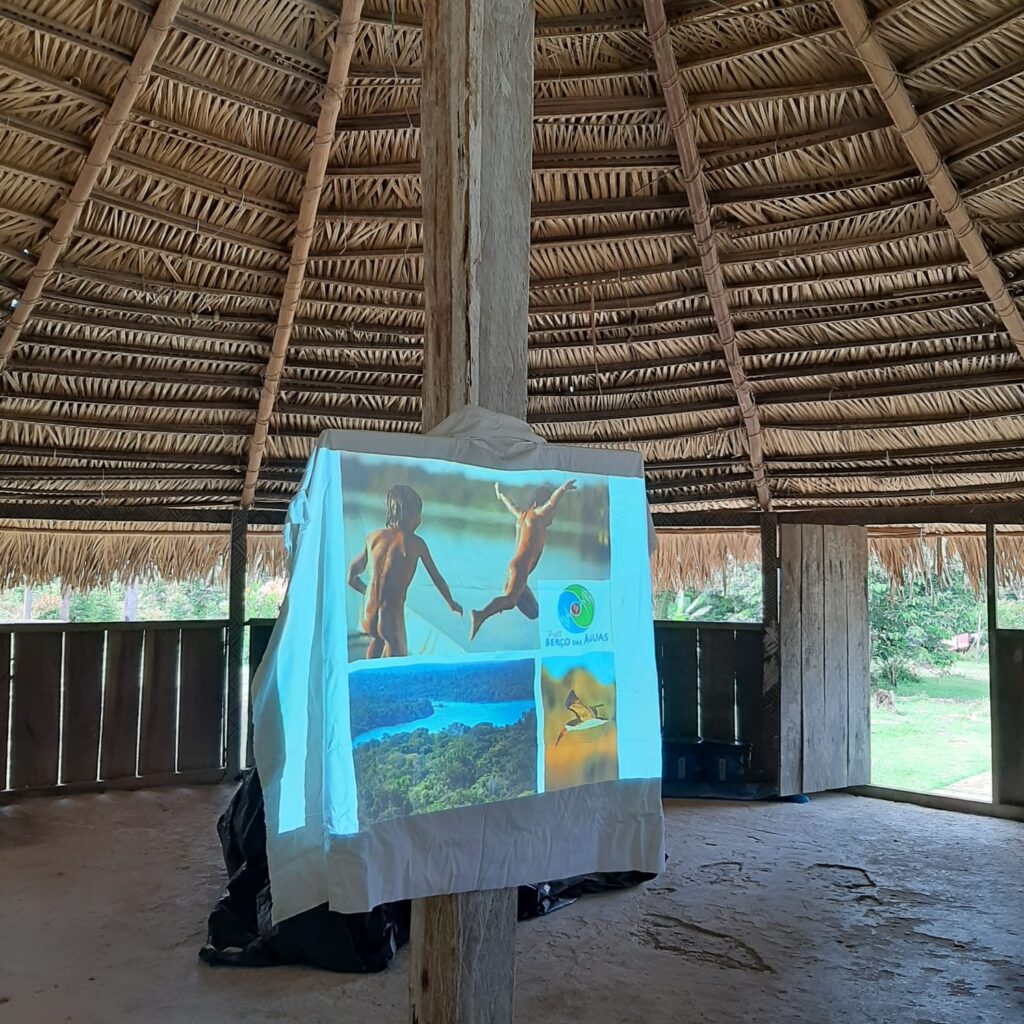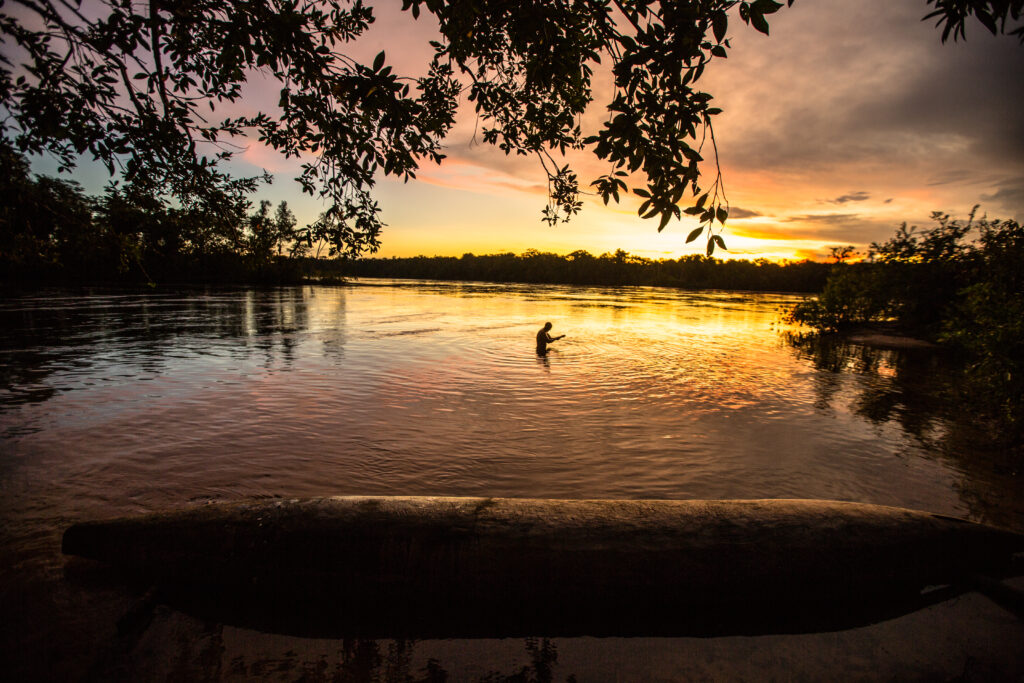The design source of the Water you start the actions in the territories, Despite that, and the Apiaká
The leaders are given a team of OPAN to draw up business plan
For the month of April, it marked the beginning of the action on the field, the fourth edition of the project, the Birthplace of the Water, carried out by the Operation of the Amazon-Native (OPAN), working with the people of the Apiaká, and Despite that, some of whose territories are located within the catchment area of the Juruena river, in the north-west of the state of Mato Grosso.
The project, sponsored by Petrobras, through Petrobras, social and Environmental, have contributed to the adoption of the programme of the design and production of all the people who live in the catchment area. This issue is referred to the actions of the monitoring and the protection of the territory, the strengthening of indigenous organizations, the sustainable use of natural resources, generation of alternatives, economic, and promote the value chain of the socio-biodiversity.
The leaders of the people, Despite that they have received the members of the OPAN between April 06 and April 11. In the following, between the 19th and 24th of the same month, it was time for the people of the Apiaká get the team to the indigenous people. In both of these areas have been discussed, and strategies to the demands of each community.

“The goal was to usher in this new version from the source of the Water, and agree to all of the action, especially provided for that first year. We came back with the agreements of the agenda for action, with a great schedule to the collective, with each and every one of the people. And also they were appointed gender focal points in each of the areas of expertise of the project,” he says Artema Lima, the indigenous people of the OPAN and the co-ordinator of the project, the Cradle of the sea.
The activities planned in the project are focused on the implementation of the Plan of land Management and the environment (PGTA) of the people Despite-and in the preparation of the second phase of the PGTA IT Apiaká in the state and is in isolation. The PGTA is in the implementation of the agreements and pactuações of the people, for the collective use of the area. Together the instruments of the company (etnomapeamento and etnozoneamento) for the sustainable management of the land, and it is an important tool for policy, claims, and in the visibility of the people and their way of life.
The fourth edition of the source of the Water provides e com three native lands Despite IT Erikpatsa, IT’s Hidden, and IT Japuíra), and one of the Apiaká IT-the Apiaká in the state, and Isolates), with a total of 1.387.033 hectares of land. These areas are located in the region of formation of the two major rivers of the amazon, and the Juruena rivers, and on the Tapajós river.

In the previous editions of the project, from 2011 to 2020, OPAN, it has facilitated the development and implementation of PGTAs of five indigenous territories in the basin of the Juruena (Manoki, Myky, Pirineus de Souza, Tirecatinga, and Despite that). They live in the basin of the ten indigenous peoples, in addition to the separate groups. These people inhabit the 22 land, one-quarter of the indigenous territories in Mato Grosso, brazil, covering an area equivalent to 27% of the watershed, and it encompasses 17 counties.
“The lands of indigenous peoples, are the best preserved in the region, the islands of the retention means in the context of the pressures and threats, especially the enterprises hydropower, agriculture and mining industries. They are very important for the preservation of the socio-biodiversity in the brazilian state of Mato Grosso, and in Brazil,” he concludes, Artema Lima, peru.

